Best Practices Articles

Scaling Zero Trust Through a Partner Ecosystem Across Enterprise Environments
As digital infrastructure grows, enterprises expand their attack surface, outpacing traditional perimeter-based security. A zero trust model, enforced through a partner ecosystem like ThreatLocker, offers scalable protection by verifying all users, devices, and actions. This approach prevents unauthorized execution, supports hybrid work, and enables policy automation across cloud, on-prem, and BYOD setups. ThreatLocker enforces strict access rules, ringfencing, and privilege controls, turning every endpoint into a secure asset. It aligns security with business agility, blocks dark web threats, and transitions organizations from reactive to proactive security.
Key Takeaways:
- Zero trust enforces continuous verification; no implicit trust.
- ThreatLocker enables scalable automation and policy enforcement.
- Adaptive access controls support business agility without compromising security.
- Ringfencing and privilege control contain threats and prevent lateral movement.
- Dark web threats are neutralized by denying unapproved execution, even on compromised endpoints.
When organizations expand digital infrastructure, they also increase attack surfaces. Enterprises growing across sites, clouds, and endpoints often outpace traditional security models. Perimeter-based defenses fail to manage remote access, hybrid setups, and distributed workloads. In this fragmented environment, cyber threats move faster than IT teams can respond. Mid-market and enterprise organizations need a scalable security model. A partner ecosystem built around zero trust security delivers that model.
Zero trust security requires continuous verification and rejects implicit trust. This model validates every user, device, application, and action. It avoids assuming internal systems are safe and evaluates access in context using adaptive policies. Enterprises succeed with this strategy because it operates efficiently at scale. It uses identity, location, device health, and behavior to govern access.
This partner ecosystem supports complex environments that blend on-premise infrastructure, cloud services, bring-your-own-device policies, and global workforces. Mid-market companies benefit by deploying enforceable automation without large security teams. A zero-trust partner ecosystem helps level the playing field.
ThreatLocker brings zero trust to life. It enforces endpoint protection, controls applications, and verifies devices. Organizations define what they trust and block everything else. Attackers encounter secure systems, not open doors.
This article shows how organizations scale zero trust through a partner ecosystem. It outlines how the model succeeds, its implementation strategies, and why this approach defines the future of enterprise security.
1. Why Enterprises Struggle to Scale Traditional Security
When large enterprises grow their operations, they also increase risk. Every new endpoint, cloud platform, or vendor integration adds complexity. Traditional security models fail to keep up. These models depend on firewalls, static rules, and signature updates that attackers easily evade.
Remote and hybrid work environments render firewalls obsolete. AI-generated malware defeats signature-based detection. Attackers compromise VPNs, bypassing protections. These flaws stem from false assumptions.
Managing complexity leads to visibility problems. Enterprises run hundreds of apps across business units, inherit legacy systems, and operate devices outside IT's control. Tools in silos fail to connect the dots. Policies that work in one department might disrupt another.
Detection-based models respond only after threats activate. Analysts must evaluate logs and alerts under time pressure. Enterprises generate millions of events daily, which no team can process in real-time.
Attackers exploit these weaknesses. They purchase access to the dark web, deploy fileless malware, and mask activity using legitimate tools. Once inside, they escalate privileges and move laterally.
A zero-trust partner ecosystem neutralizes these tactics. It denies default access, even to internal users. It verifies identity, checks device posture, and analyzes application behavior before granting access.
This model succeeds at scale by standardizing policy enforcement. It avoids exceptions and applies automation to device, identity, and application control. Enterprises shift from reactive recovery to proactive security.
2. Building a Scalable Partner Ecosystem for Zero Trust
Organizations first identify what to protect to scale zero trust and who needs access. They inventory assets, trace dependencies, and flag risky processes. A partner ecosystem focused on zero trust blocks threats without disrupting productivity.
Leaders write rules that align with business operations. They define access, execution conditions, and role-based privileges. These rules serve as the foundation for enforcement.
ThreatLocker simplifies this task. Its platform scans environments, logs app activity, and builds inventories. In learning mode, it observes user behavior and app interactions. Organizations convert this data into allowlists for approved execution.
Ringfencing adds depth. Approved tools operate within strict parameters. For example, a finance app can process spreadsheets but cannot access PowerShell or external networks. This boundary prevents malware from exploiting legitimate tools.
Endpoints act as the first line of defense. Organizations rely on ThreatLocker to enforce policy locally, whether in headquarters, branch offices, or home networks.
Admins use groups and profiles to apply policies efficiently—sales staff access CRM platforms. Finance teams run accounting software. Developers operate in sandboxed environments. Each user group functions under tailored rules.
This logic-based structure automates enforcement. When teams implement these frameworks, they reduce the attack surface, stop lateral movement, and maintain performance.
3. Using ThreatLocker to Execute Partner Ecosystem Policies
ThreatLocker equips enterprises to enforce partner ecosystem policies. It provides centralized control and clear visibility. Admins define rules once and apply them consistently.
The process begins with data collection. ThreatLocker agents monitor software execution and user behavior. They map app dependencies and identify anomalies. With these insights, teams understand the exact activity within their environment.
Security leads convert these insights into policies. They approve software based on publisher, hash, or file path. If a binary fails to meet the criteria, ThreatLocker blocks it.
Ringfencing enhances protection. Teams limit what approved tools can do. They control app access, restrict service communication, and prevent unauthorized subprocesses. This ensures that approved software functions only as intended.
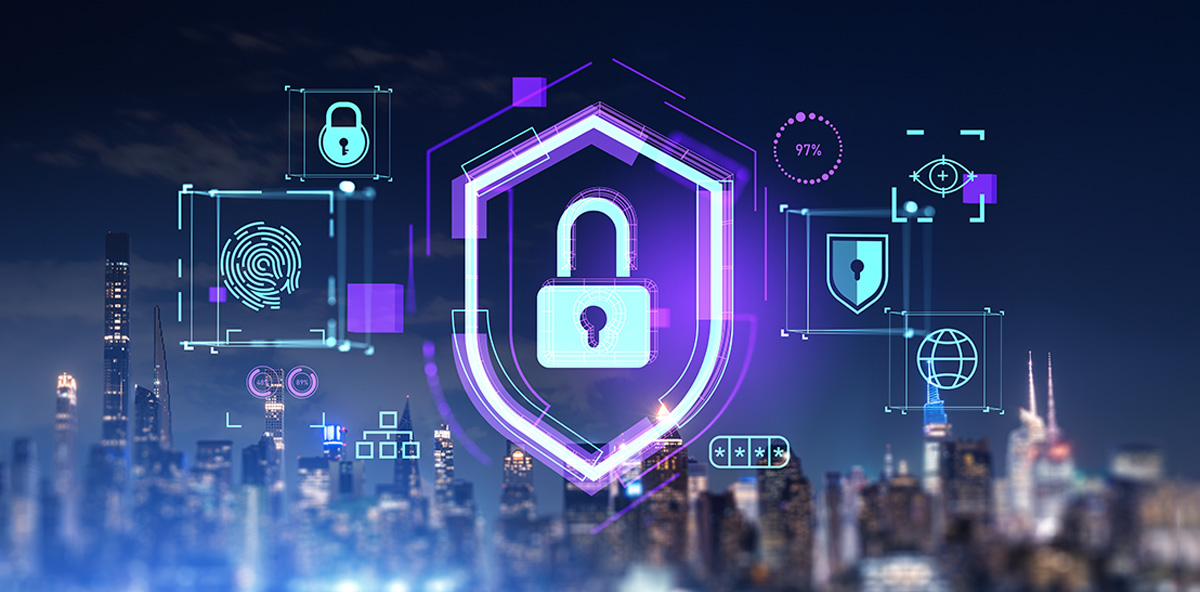
Privilege elevation controls add another safeguard. ThreatLocker locks administrative rights behind specific workflows. Users gain temporary access only through approved processes. This setup stops common privilege escalation tactics.
The platform protects mobile endpoints, too. It verifies device identity and location before granting cloud access. ThreatLocker blocks unfamiliar devices, even with valid credentials.
ThreatLocker integrates with identity providers and logging tools. It records every decision and action. Security teams monitor real-time execution and enforcement through a central dashboard.
This partner ecosystem approach enforces policy uniformly, even during rapid changes. Enterprises scale control across thousands of devices without manual scripting. ThreatLocker operationalizes zero trust efficiently.
4. Partner Ecosystem Alignment With Business Agility
Enterprises must grow without slowing operations. They cannot compromise productivity to maintain security. A zero-trust partner ecosystem supports this balance.
IT teams identify essential tools, approve them, and block unnecessary ones. This approach enhances efficiency. Business units collaborate with security teams to define workflows and access needs.
ThreatLocker supports adaptive enforcement. Admins simulate policies before activation. They analyze the potential impact and refine rules proactively.
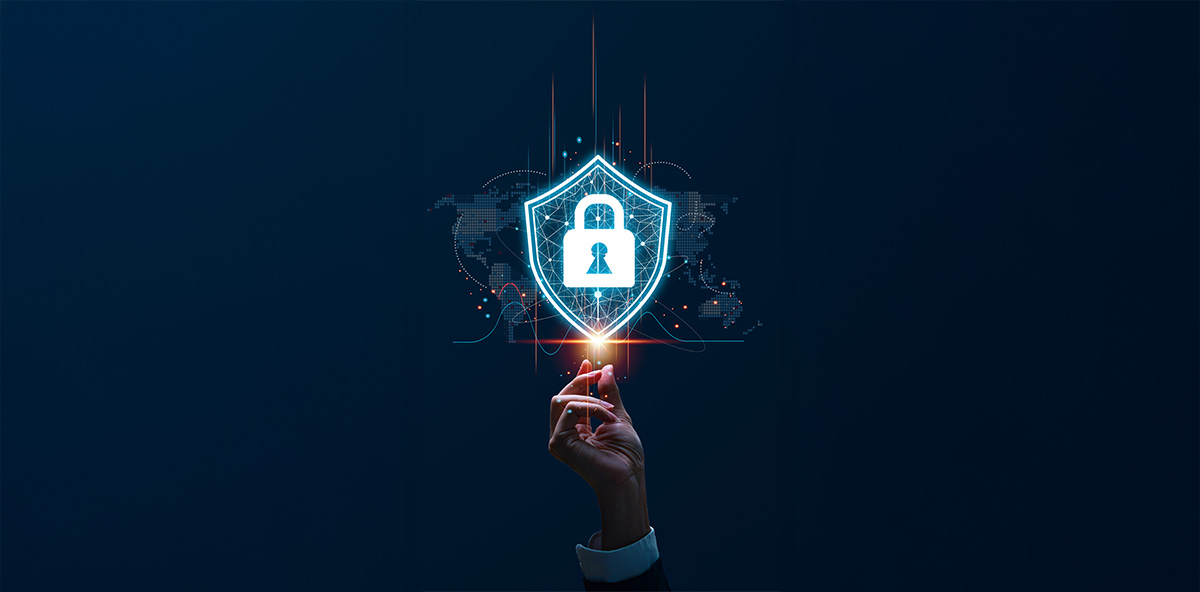
Organizations also deploy temporary access rules. For instance, a developer may receive short-term permission to test a new app. Once the window closes, the system reverts. This enables innovation without weakening defenses.
As enterprises expand, they must scale controls. ThreatLocker automates onboarding. New devices inherit group policies immediately—no manual input is required.
Zero trust within a partner ecosystem supports this agility. It enforces rules for access and privilege. It blocks unapproved execution. It expands securely alongside operations.
ThreatLocker allows security teams to build, refine, and apply controls without halting progress. It secures remote work, supports cloud use, and grows with the business.
5. Responding to Dark Web Threats Through the Partner Ecosystem
The dark web fuels cybercrime by selling access, malware, and support services. Attackers automate and coordinate these campaigns. Enterprises must stop threats before they activate.
A zero-trust partner ecosystem enables that response. ThreatLocker denies execution even on compromised devices. It checks all activity against pre-defined rules. Unauthorized actions do not proceed.
Attackers often use built-in tools like PowerShell to avoid detection. ThreatLocker blocks these by default unless admins grant specific permissions. Even trusted programs must follow policy.
This strategy removes attacker leverage. Without execution rights, threats fail. ThreatLocker closes that door for unapproved software. Every endpoint functions as a secure asset.
When the dark web sells access, ThreatLocker blocks it. When it distributes malware, ThreatLocker disables it. Open systems enable breaches. A partner ecosystem built on zero trust ensures locked environments.
Enterprise security leads define policy and automate enforcement. ThreatLocker delivers that capability across all devices and environments.
Conclusion
Enterprises must secure expansion with control, not complexity. A partner ecosystem rooted in zero trust provides that control. It validates each action, protects resources, and blocks unauthorized execution.
This model fits modern operations. It supports hybrid work, cloud computing, and global access. It replaces legacy detection methods with precise policy enforcement.
ThreatLocker powers this approach. It inventories apps, sets boundaries, and enables centralized oversight. It secures remote users, offices, and mobile endpoints. It removes attack mobility and restricts execution vectors.
A partner ecosystem built around zero trust shifts cybersecurity from reaction to prevention. It asks, "Does this belong?" and enforces decisions accordingly. That mindset protects operations.
As dark web threats accelerate, organizations must respond with discipline. Zero trust, enforced through a partner ecosystem, breaks the attack chain. It secures enterprises at the speed of growth.
Best Practices Guidebook
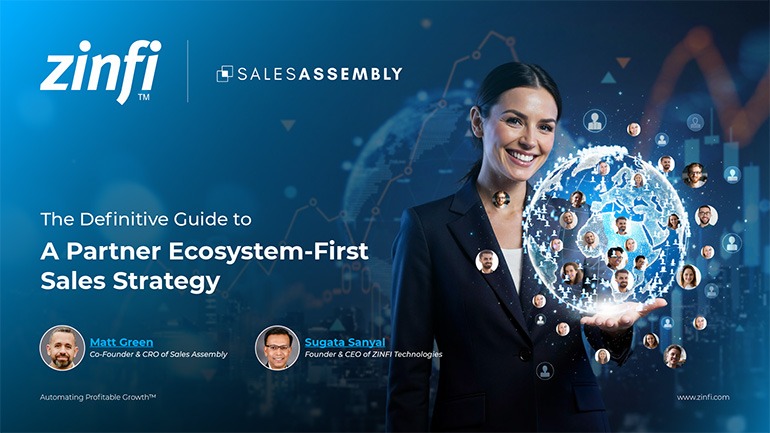 Definitive Guide to a Partner Ecosystem-First Sales Strategy
Definitive Guide to a Partner Ecosystem-First Sales StrategyDownload for FREE
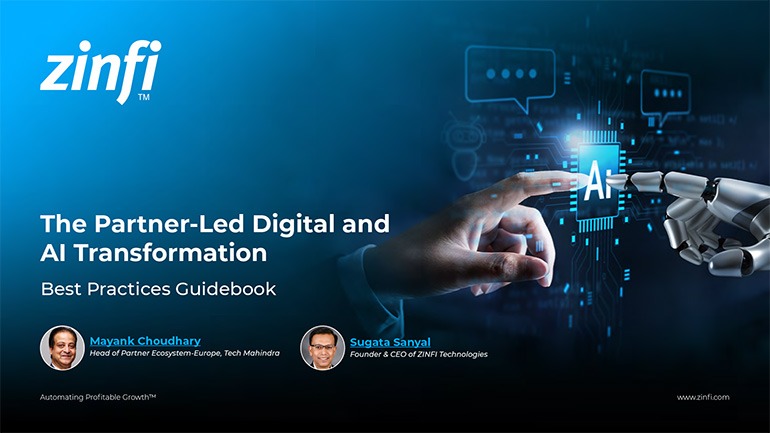 The Partner-Led Digital and AI Transformation Best Practices
The Partner-Led Digital and AI Transformation Best PracticesDownload for FREE
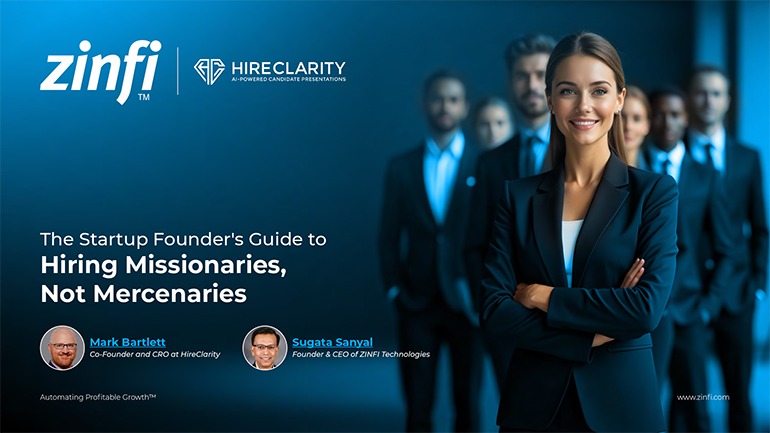 Startup Talent Recruitment: Hiring Missionaries, Not Mercenaries
Startup Talent Recruitment: Hiring Missionaries, Not MercenariesDownload for FREE
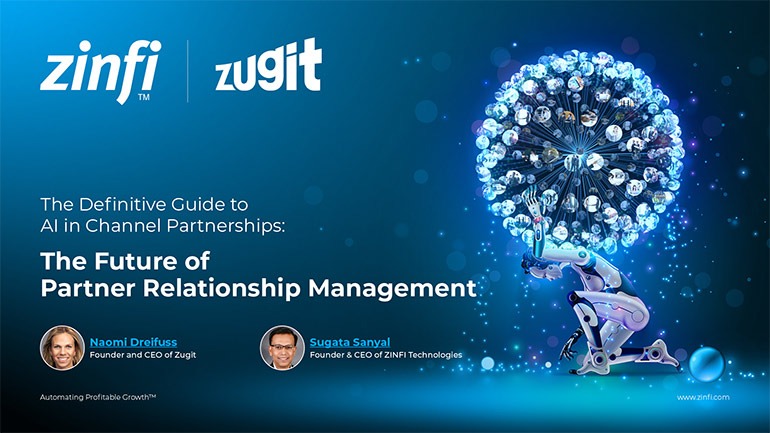 The Future of Partner Relationship Management with AI in Partnerships
The Future of Partner Relationship Management with AI in PartnershipsDownload for FREE
 Cybersecurity for the 99%: Strategies from the Frontline
Cybersecurity for the 99%: Strategies from the FrontlineDownload for FREE
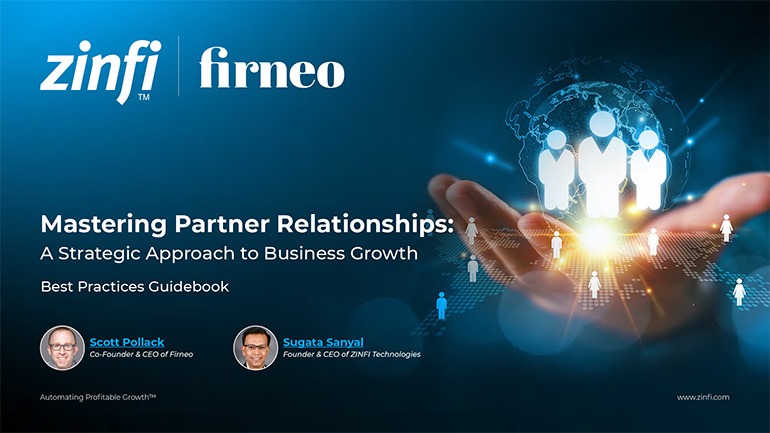 Mastering Partner Relationships: A Strategic Approach to Business Growth
Mastering Partner Relationships: A Strategic Approach to Business GrowthDownload for FREE
 The Smart Manufacturing Playbook: Industry 4.0 Transformation
The Smart Manufacturing Playbook: Industry 4.0 TransformationDownload for FREE
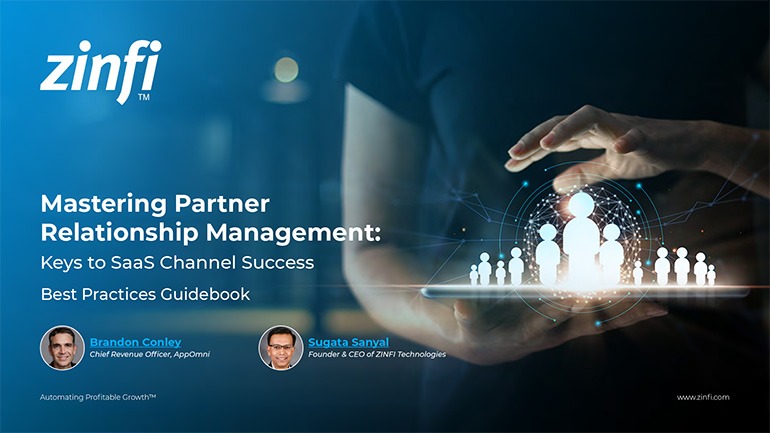 Mastering Partner Relationship Management: Keys to SaaS Channel Success
Mastering Partner Relationship Management: Keys to SaaS Channel SuccessDownload for FREE
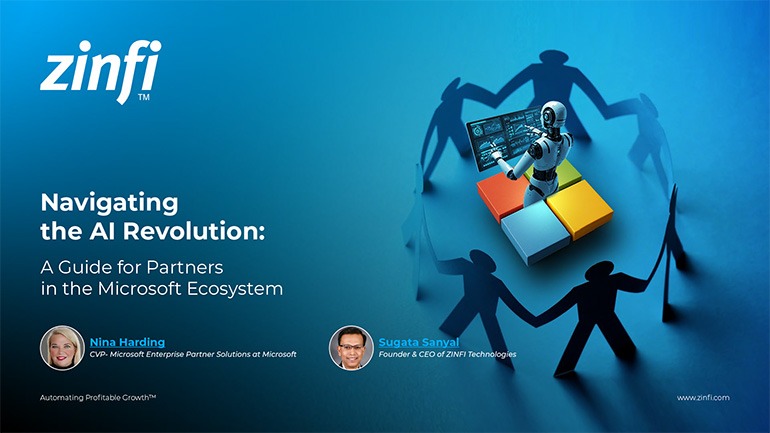 Navigating the AI Revolution: Guide for Partners in the Microsoft Ecosystem
Navigating the AI Revolution: Guide for Partners in the Microsoft EcosystemDownload for FREE
 Mastering the Modern Buyers Journey: Sales Leader’s Guide to AI & Engagement
Mastering the Modern Buyers Journey: Sales Leader’s Guide to AI & EngagementDownload for FREE
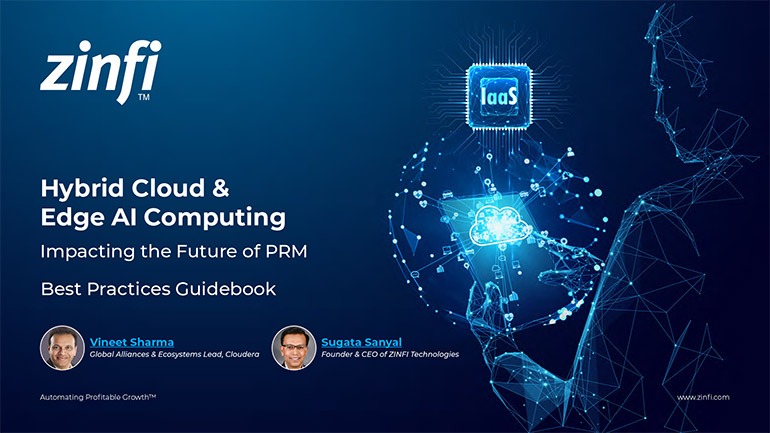 Hybrid Cloud and Edge AI Computing Impacting the Future of PRM
Hybrid Cloud and Edge AI Computing Impacting the Future of PRMDownload for FREE
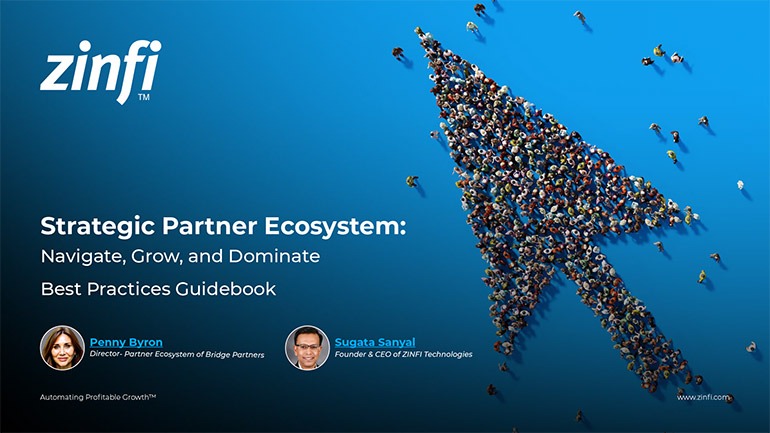 Strategic Partner Ecosystem: Navigate, Grow, and Dominate
Strategic Partner Ecosystem: Navigate, Grow, and DominateDownload for FREE
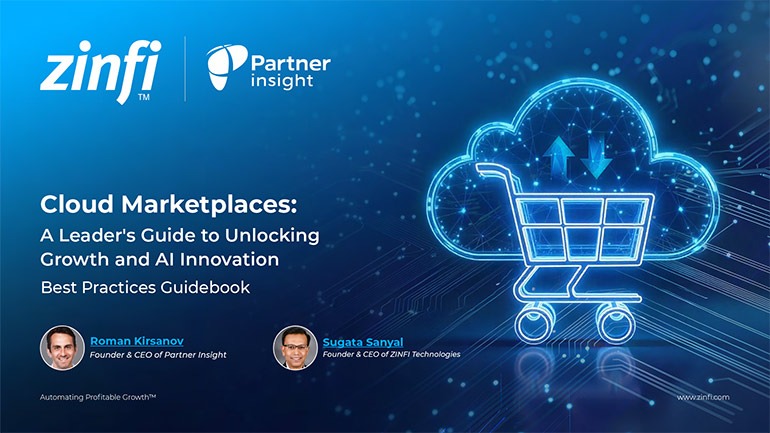 Cloud Marketplaces: Leader’s Guide to Unlocking Growth and AI Innovation
Cloud Marketplaces: Leader’s Guide to Unlocking Growth and AI InnovationDownload for FREE
 Getting More From Partner Performance: Guide to Measuring What Matters
Getting More From Partner Performance: Guide to Measuring What MattersDownload for FREE
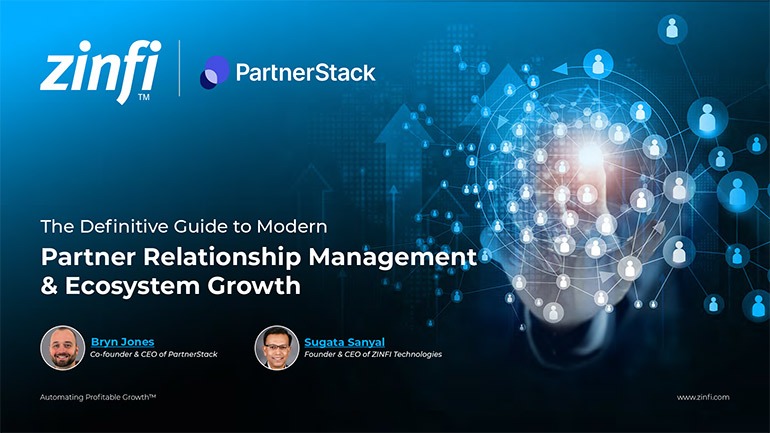 Guide to Modern Partner Relationship Management & Ecosystem Growth
Guide to Modern Partner Relationship Management & Ecosystem GrowthDownload for FREE
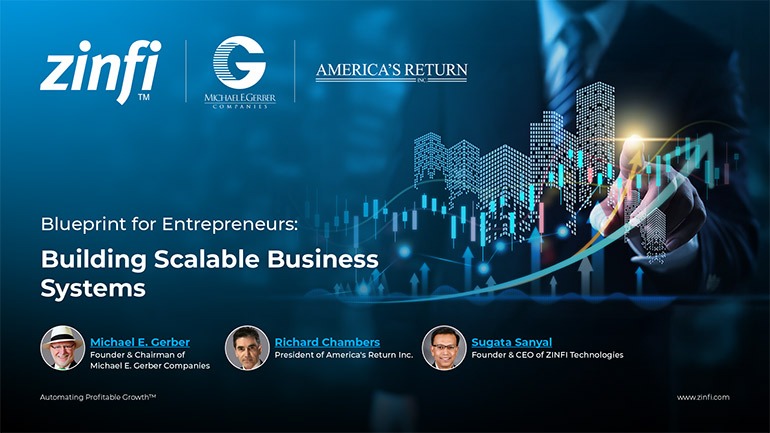 Debunking the Entrepreneurship Myth Best Practices
Debunking the Entrepreneurship Myth Best PracticesDownload for FREE
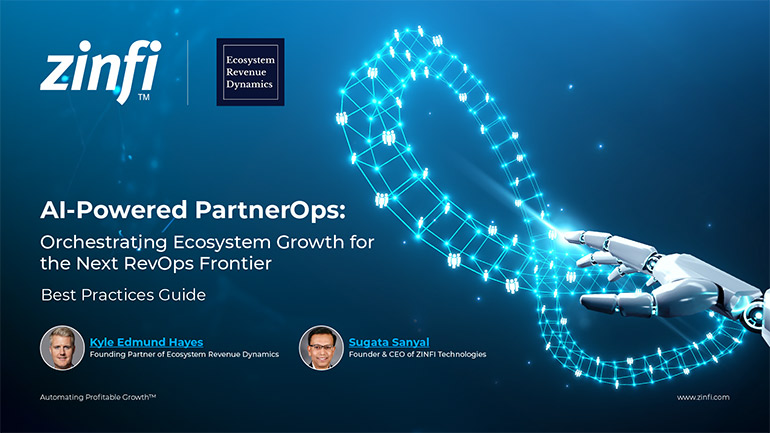 AI-Powered PartnerOps: The Next RevOps Frontier Best Practices
AI-Powered PartnerOps: The Next RevOps Frontier Best PracticesDownload for FREE







